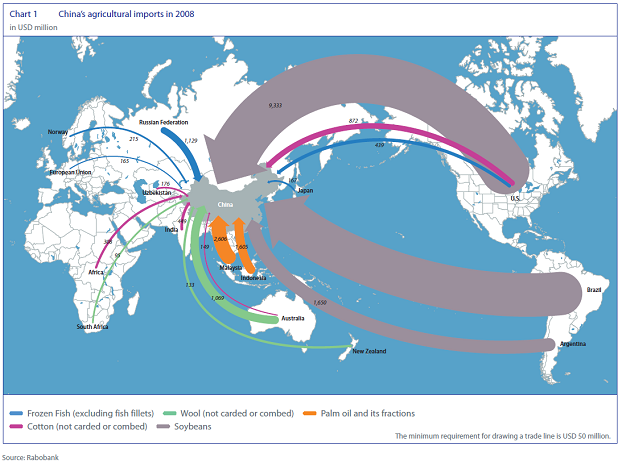E7 overtaking G7
2011-02-07 14:59:26
The key drivers for sustainable faster growth of the E7 in comparison to the G7 are:
- Growth in the labour force of working age (based on the latest UN population projections).
- Increases in human capital, proxied by average education levels across the adult population.
- Growth in physical capital stock, driven by capital investment net of depreciation.
- Total factor productivity growth, driven by technological progress and catching up by lower income countries with richer ones by making use of their technologies and processes.
Of course the caveat is, depending on government policy and business environment in those countries. All these drivers and caveat is present in Ukraine, but like the Russian and Chinese case can be severely undermined by declining population growth.

That China is core today goes without question, but it will also be joined by other E7 economies that are also growing more rapidly than the G7. To meet the challenge of feeding the world in 2050 there are three possible ways of reaching the objective:
All three of these agriculture growth prospects are present today in Ukraine. However the Rabobank report goes on to point out that there a number of issues that need to be addressed to meet the goal of sustainable food supply in 2050. The key ones are capital, trade, and practices. Unfortunately for Ukraine its business environment and trade policy are not currently as inviting as they could be. On the positive side thanks to the efforts of agribusiness Ukraine while not developing significant new agricultural technologies, is at the forefront in their adoption. On the other hand Ukrainian consumers have not yet adopted mature market practices to demand that their food come from sustainable, both environmentally and business, value chain supply systems.
The farmers we met at the fair, from a few thousand hectares to a couple of ten thousand hectares, were aware of these issues, and further ahead than the government or Ukrainian consumers in ensuring both the challenge and opportunity of 2050 will be met.
The Rabobank report take away was that agriculture can meet the challenge of feeding 9 billion wealthier people by 2050. The key graphic from that report, which we also recommend and can be found at the banks site, shows the focal driver of the current global food system.